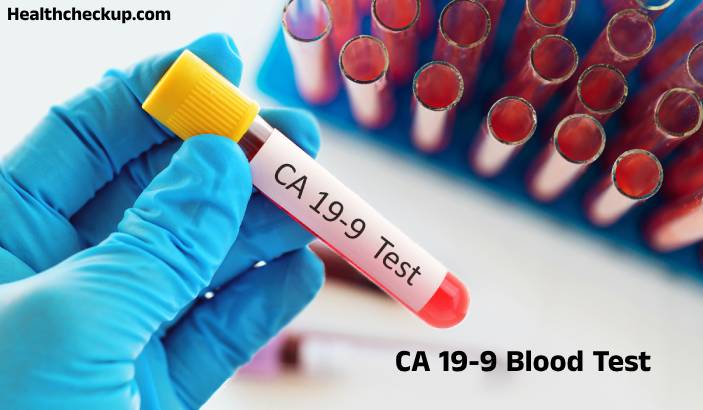Appendicitis is a common yet urgent medical condition characterized by the inflammation of the appendix, a small organ attached to the large intestine. Diagnosing appendicitis accurately is crucial as delayed treatment can lead to a ruptured appendix, causing severe complications. This article explores the various tests used to diagnose appendicitis, detailing their purpose, preparation, procedures, normal ranges, results, and associated risks.
Purpose of Appendicitis Tests
- Diagnosis of Appendicitis: To confirm or rule out appendicitis in patients presenting with symptoms typical of the condition, such as abdominal pain.
- Assessment of Complications: To detect any complications associated with appendicitis, like a ruptured appendix or an abscess.
- Guidance for Treatment: To determine the best course of action—whether surgical intervention is necessary or if conservative management might be an option.
Preparation for Appendicitis Tests
- Fasting: Patients may be advised to refrain from eating or drinking if surgery is considered a likely option based on preliminary assessments.
- Medication and Allergy Information: Patients should inform healthcare providers about all medications and allergies to ensure safety, especially in preparation for potential imaging tests or surgery.
- Physical Restrictions: Depending on the severity of symptoms, patients might be advised to limit physical activity until an accurate diagnosis is made.
Procedure of Appendicitis Tests – How to test for Appendicitis?
- Physical Examination: A thorough examination, particularly of the abdomen, to check for tenderness, swelling, and pain response.
- Blood Tests: Used to check for an elevated white blood cell count, which can indicate infection.
- Urinalysis: Helps rule out urinary tract infections or kidney stones that can mimic appendicitis symptoms.
- Imaging Tests:
- Ultrasound: Commonly used, especially in children and pregnant women, to visualize the appendix.
- CT Scan: Provides a more detailed image and is often used if ultrasound results are inconclusive.
- MRI: Occasionally used, particularly in pregnant women, to avoid exposure to radiation.
Normal Range
- Blood Tests: Normal white blood cell count ranges from 4,500 to 10,000 cells per microliter, though elevated levels may suggest infection.
- Imaging Tests: A normal scan shows an appendix that is not swollen or inflamed.
Results Interpretation
- Positive Indicators of Appendicitis:
- Physical Symptoms: Localized pain in the lower right quadrant of the abdomen.
- Blood Tests: Elevated white blood cell count.
- Imaging: Swollen or inflamed appendix, presence of an appendicolith (stone-like material in the appendix), or fluid around the appendix.
- Negative Results: Normal imaging and blood tests, along with absence of typical physical symptoms, usually rule out appendicitis.
Risks Associated with Appendicitis Tests
- Invasive Procedures: There is a minimal risk of infection or complications from invasive tests if performed (e.g., exploratory surgery).
- Imaging Risks:
- CT Scan: Exposure to radiation, though the risk is low and typically outweighed by the diagnostic benefits.
- MRI and Ultrasound: These are generally safe with no radiation, but MRI has limitations related to claustrophobia or implanted medical devices.
- False Positives/Negatives: There is a risk of misdiagnosis, which can lead to unnecessary treatments or missed appendicitis.
Appendicitis tests are essential for diagnosing a potentially life-threatening condition swiftly and accurately. A combination of physical exams, blood tests, and imaging studies are used to confirm appendicitis and guide treatment decisions.
The decision-making process for diagnosing appendicitis is critical, as timely intervention can prevent severe complications. While the tests themselves are generally safe and carry minimal risks, the accuracy of these diagnostic tools and the clinician’s judgment play a crucial role in the effective management of appendicitis. As medical technologies and techniques advance, the precision of appendicitis diagnosis continues to improve, leading to better outcomes for patients. Whether through surgical removal of the appendix or careful monitoring in less severe cases, the goal remains the same: to treat appendicitis effectively and prevent further health complications.








